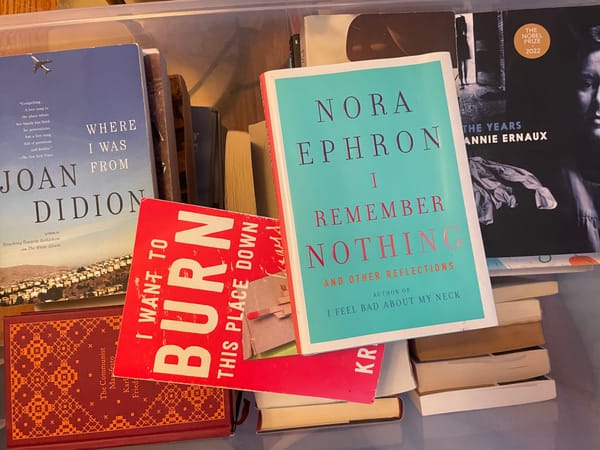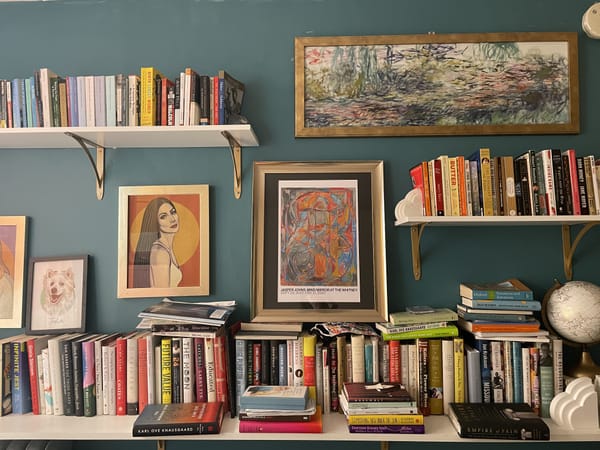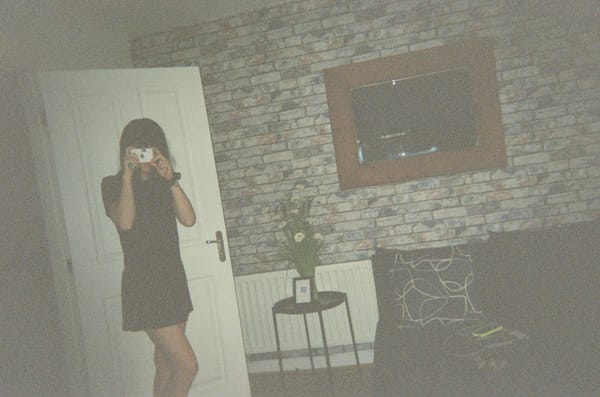The Met, Myself
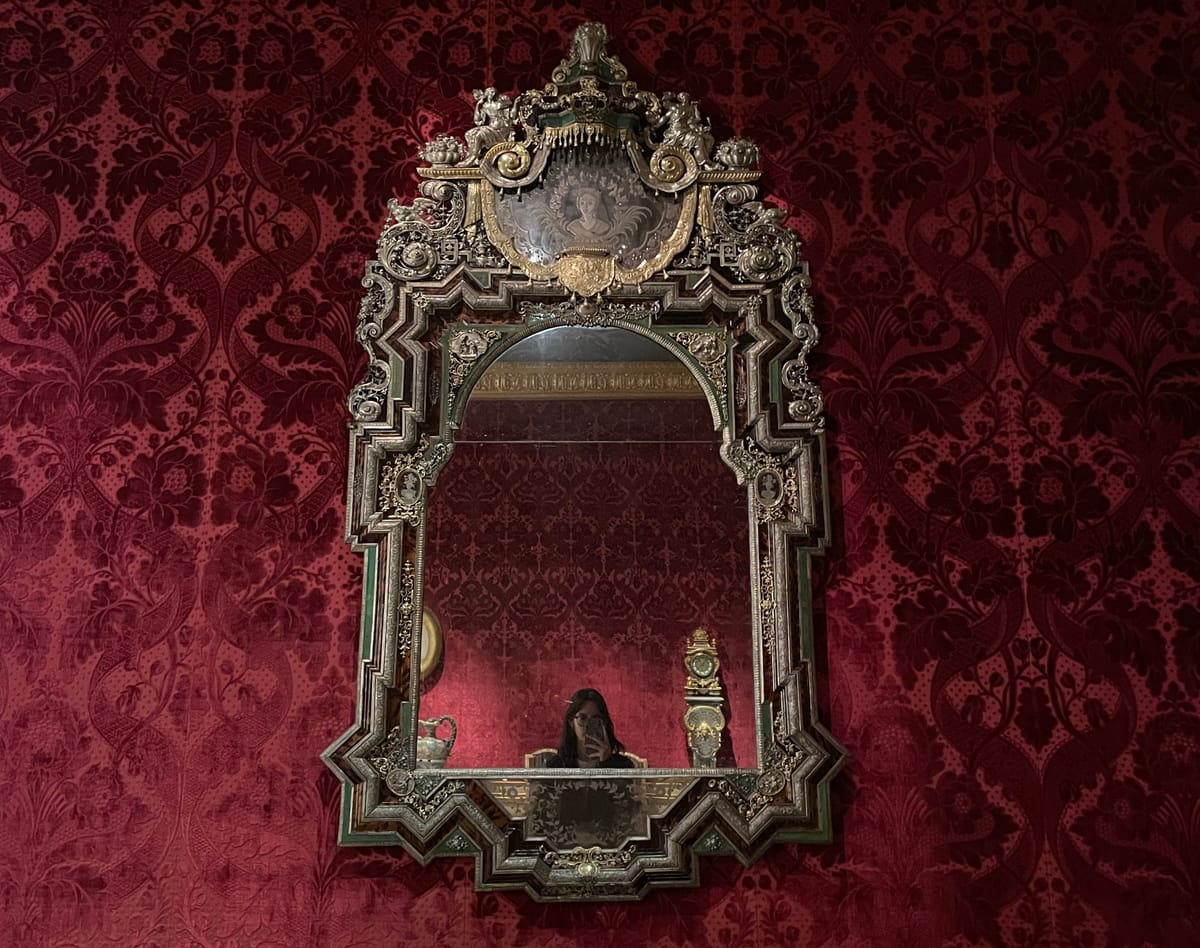
Hello and happy weekend. My brain ran out of words this week so I did what I always do when I hit the creative floor: I took a trip to the Metropolitan Museum of Art.
It was a nice day out, I browsed by myself, and I left feeling restored and fulfilled. The Met amazes me every time, and I never tire of the privilege of visiting one of the greatest museums in the world whenever I want, and for $1 with my New York City driver’s license.
My favorite thing to do at the Met is to see only a sliver of the collection and spend a significant amount of time in that section. In some of those rooms, I know by heart which pieces are on display, which means I also know when the museum swaps out a piece for something from the depths of their archive.
The Met is undertaking a big project to create a new wing for modern art, which means the previous section has been largely walled off due to construction and paintings and sculptures have been moved around.
Quietly, without much notice (except by me), the museum also seems to have put on a display quite a few pieces from midcentury painters — mostly abstract expressionists — who were women and generally just forgotten from that canon.
The museum moved a Helen Frankenthaler — currently the leader in the “let’s give these gals their due!” movement — to the far back room in the European painting room, surrounded by a bunch of Picassos. It’s interesting to see Frankenthaler’s piece displayed prominently in one of the Met’s most heavily trafficked sections.
Anyway, here are some of the pieces that amazed and inspired me yesterday. Many of the photos are close-up details of a piece rather than the full image, because that’s enjoy capturing and revisiting on my stupid little phone. I’m sorry if this post freezes your computer. I love art!
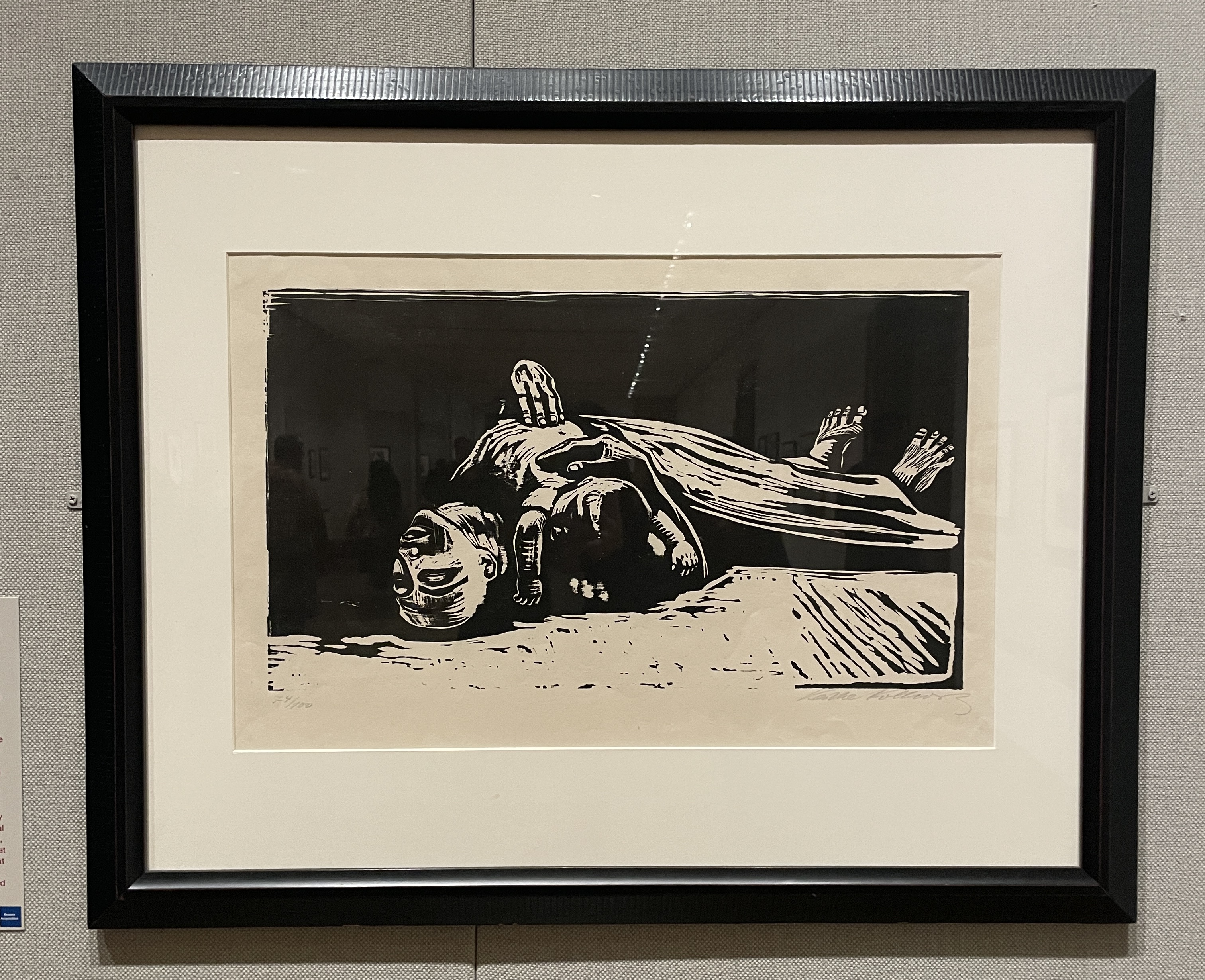
Käthe Kollwitz: Widow II, from "Kreig" (War) (1922–23)
Last year, the Met obtained a huge personal collection of mostly Mexican, but some Chinese and German printmaking pieces — woodcuts, lithographs, linocuts — and now many of those pieces are on display. These pieces are artistically intricate and many of them are heavily political. The ones I saw were captivating, and I still don’t understand how someone makes tiny details in a woodcut. I won’t be trying it myself.
The Met’s description of this piece says:
Kollwitz’s leftist politics and mission to make progressive art widely available had a great influence internationally and aligned with the goals of Taller de Gráfica Popular artists. In the portfolio War, Kollwitz created moving portrayals of suffering. […] In Widow II, a corpse-like woman lies on the ground, a limp baby slumped across her chest. The stiffness and skeletal quality of her body support associations with death, while the stark black reflects Kollwitz’s comment that "pain is totally dark." Kollwitz herself suffered great loss. At the beginning of the war, her younger son Peter volunteered for combat with her help and died shortly later while fighting in Belgium.
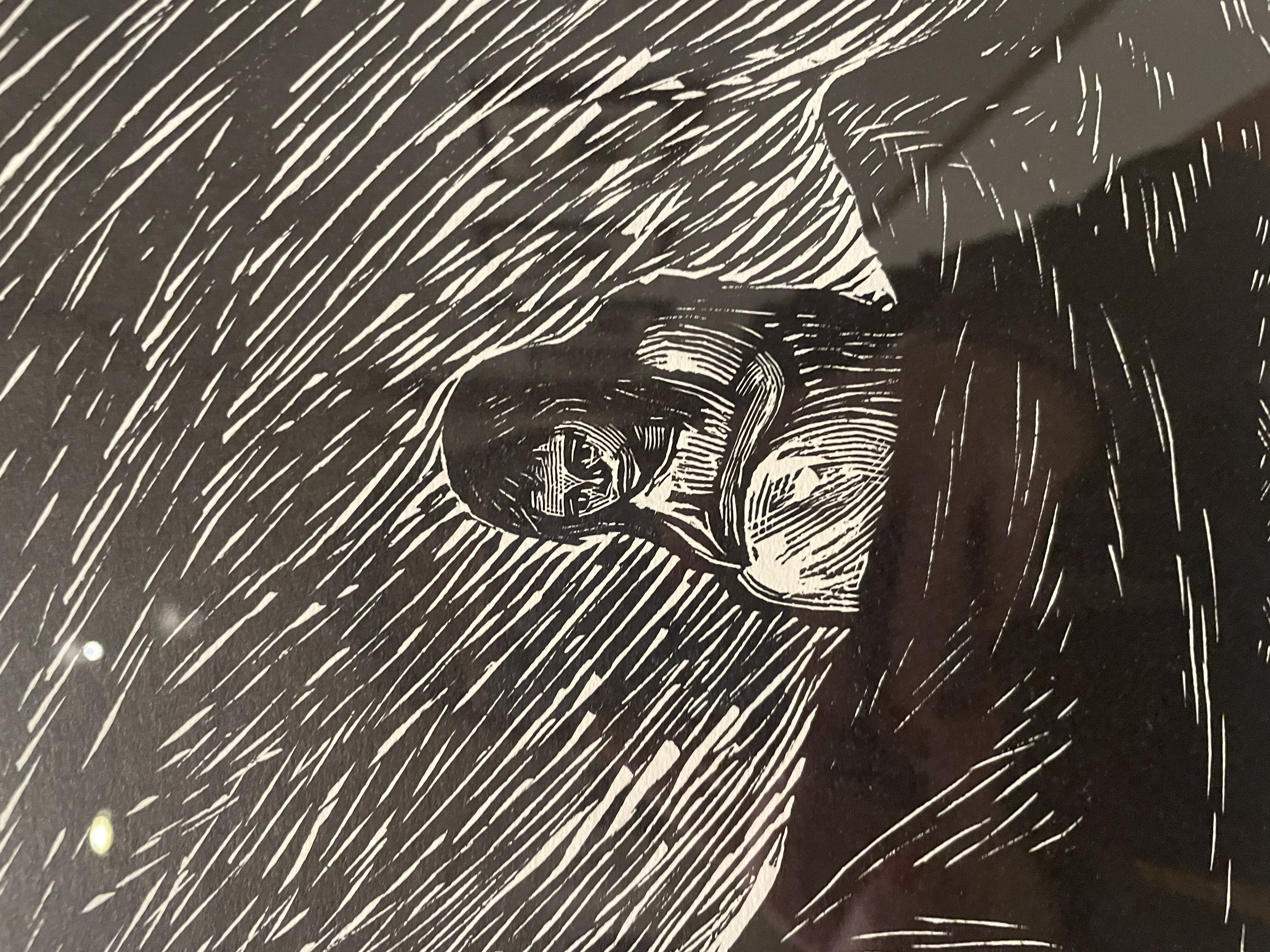
Detail from Leopoldo Méndez: Solitude (Soledad) (1948)
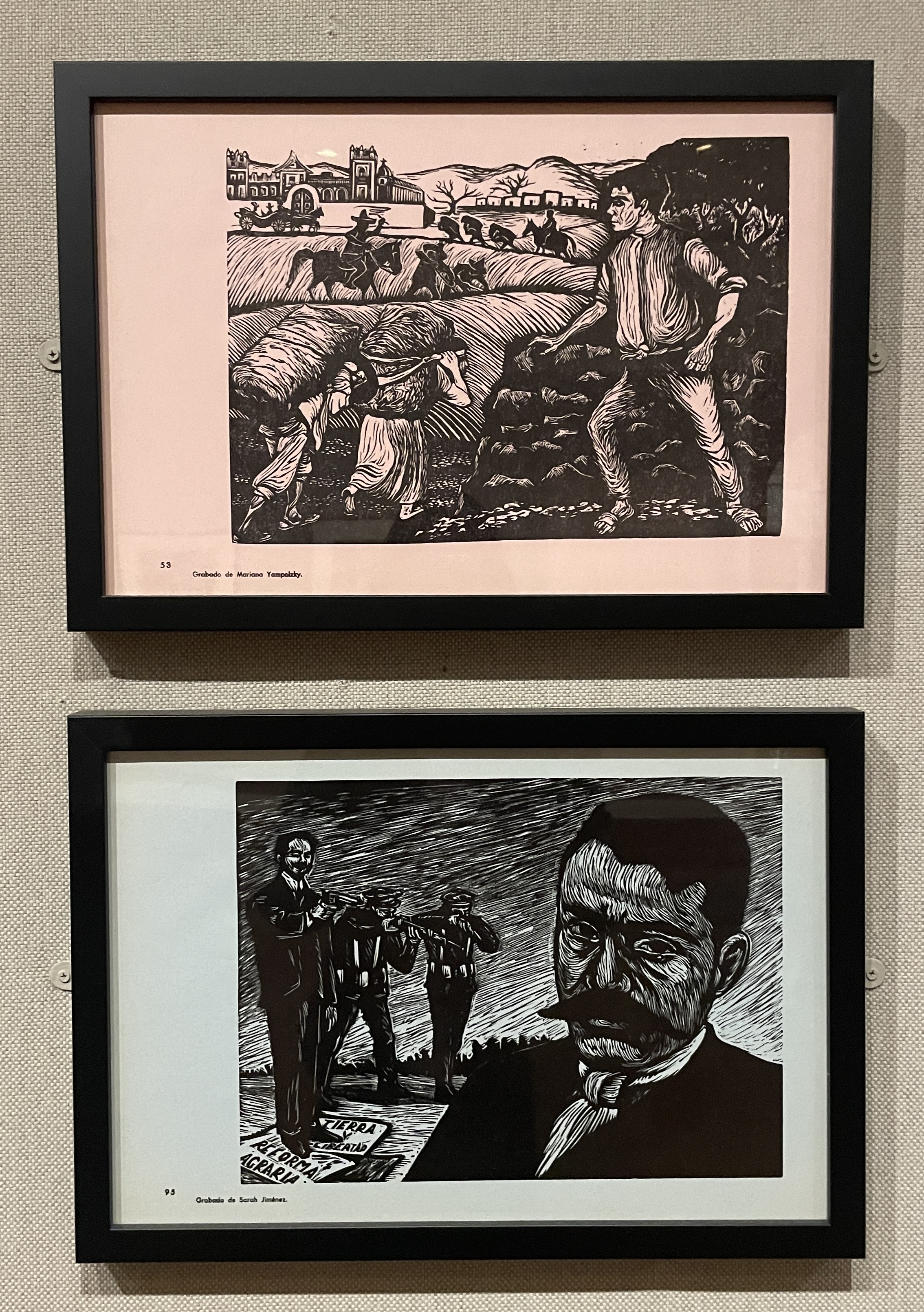
(Top) Mariana Yampolsky: The youth of Emiliano Zapata: an objective lesson (1960)
(Bottom) Sarah Jiménez Vernís: The death of Emiliano Zapata 10 April 1919 (1960)
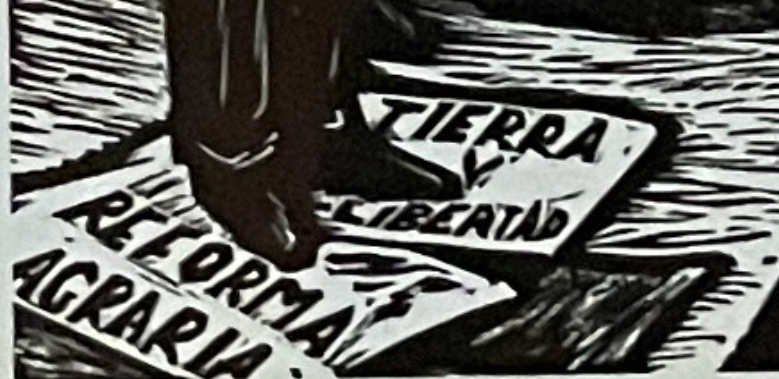
The museum plaque says:
These works are from a portfolio of 146 prints that visualize the long history of the struggles of the Mexican peoole. Yampolsky shows Emiliano Zapata as a young man witnessing the exploitation of farmers, an experience that inspired him to lead the fight for agrarian reform at the beginning of the Mexican Revolution. The other print, by Jiménez, represents the moment Zapata was assassinated. One of the assassins stands on placards that read “Land and Liberty” and “Agrarian Reform.”
It’s always the agrarian reform, huh.
The Met also has a very cool early American photography exhibit, which helped to remind me that people born before 1900 (or, honestly, 1930) were real people, too. Most of the tintypes and other little photographs (which the Met says are called daguerreotypes, ambrotypes, stereographs, cyanotypes, and other things I hadn’t heard of prior to the exhibit) have unknown artists, so here’s just a few of them that I enjoyed.
Honestly, one of the best parts of this exhibit was the copywriting. I think they let a Zillennial have some fun with the plaques.
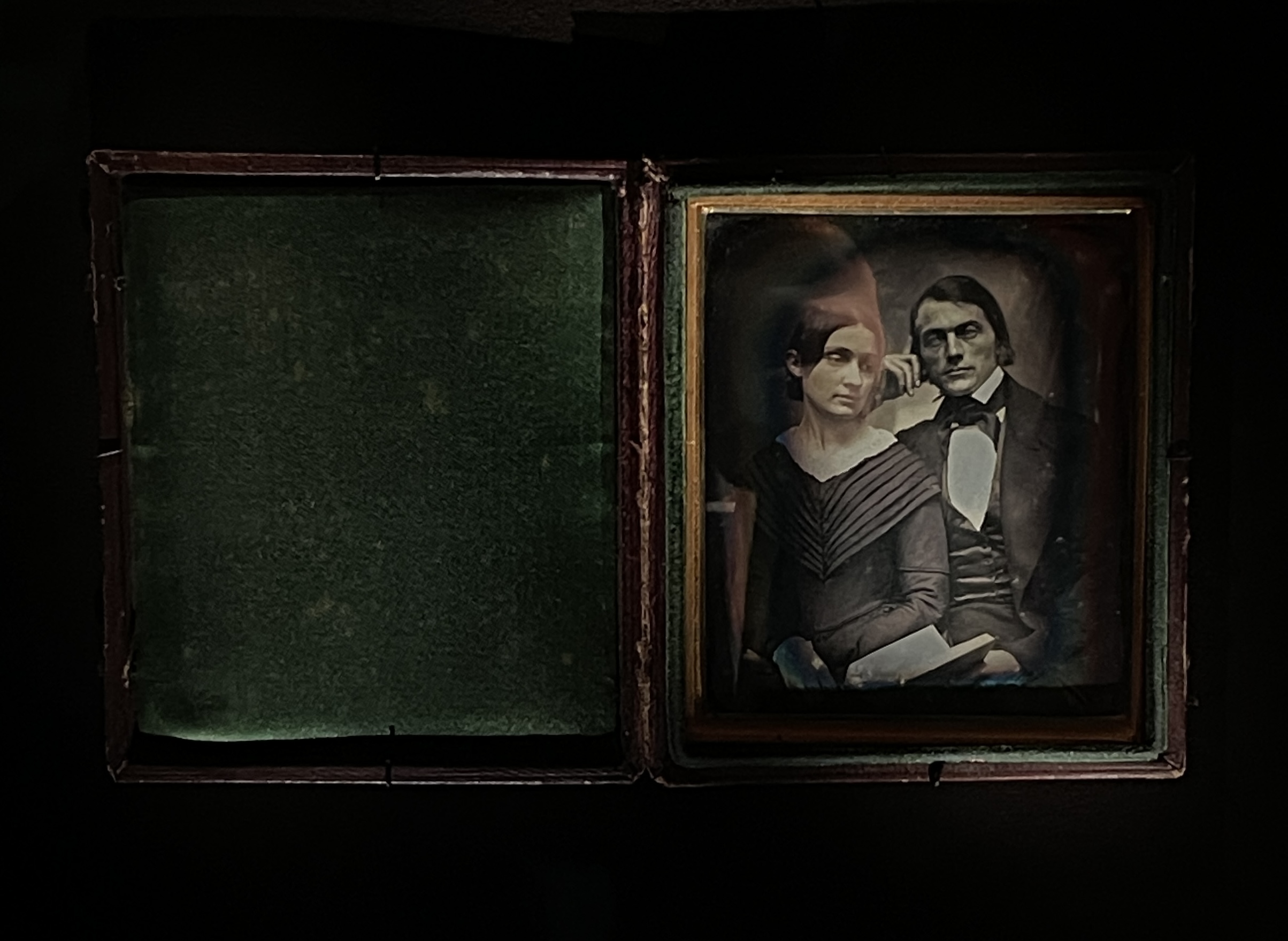
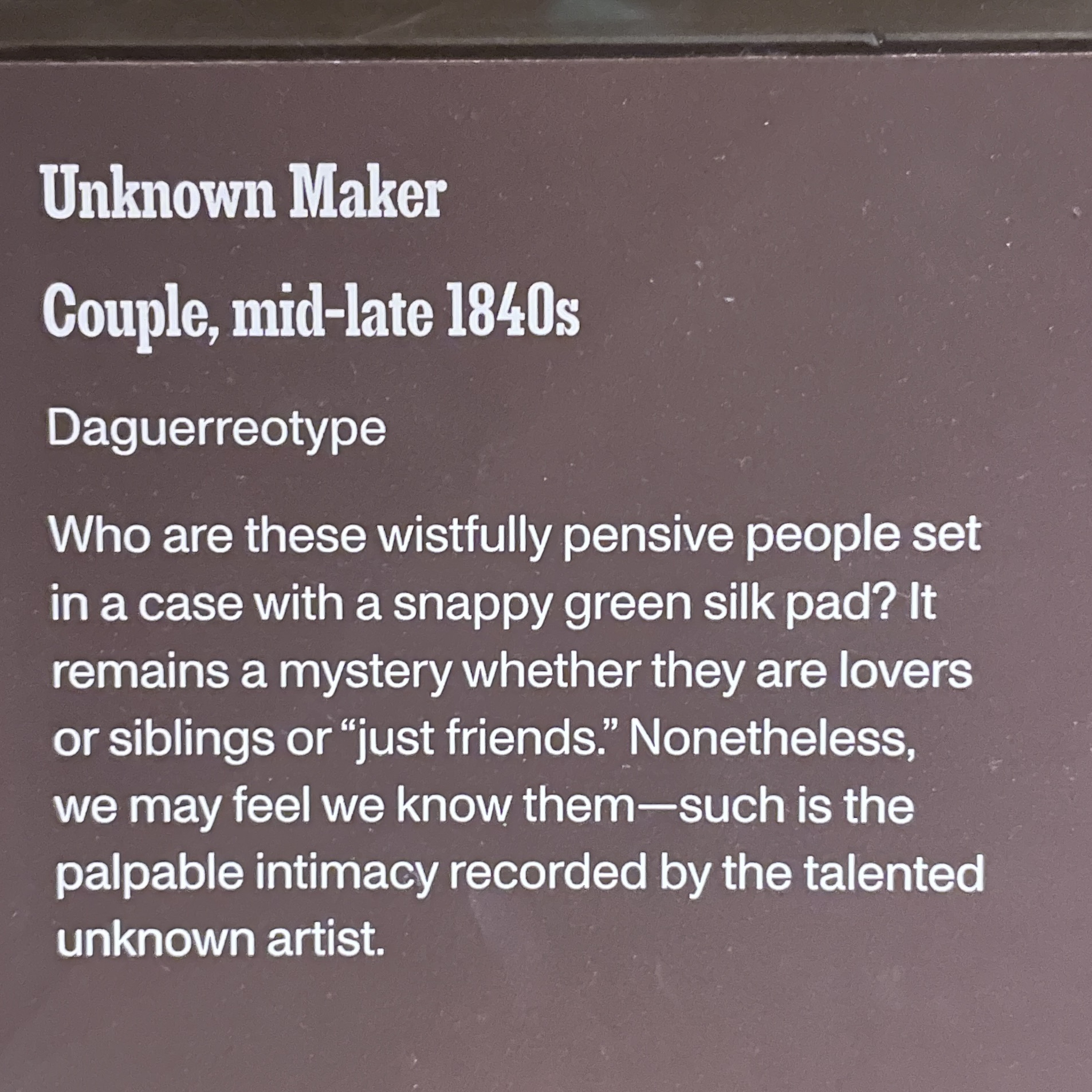
The “just friends” is vicious and funny!
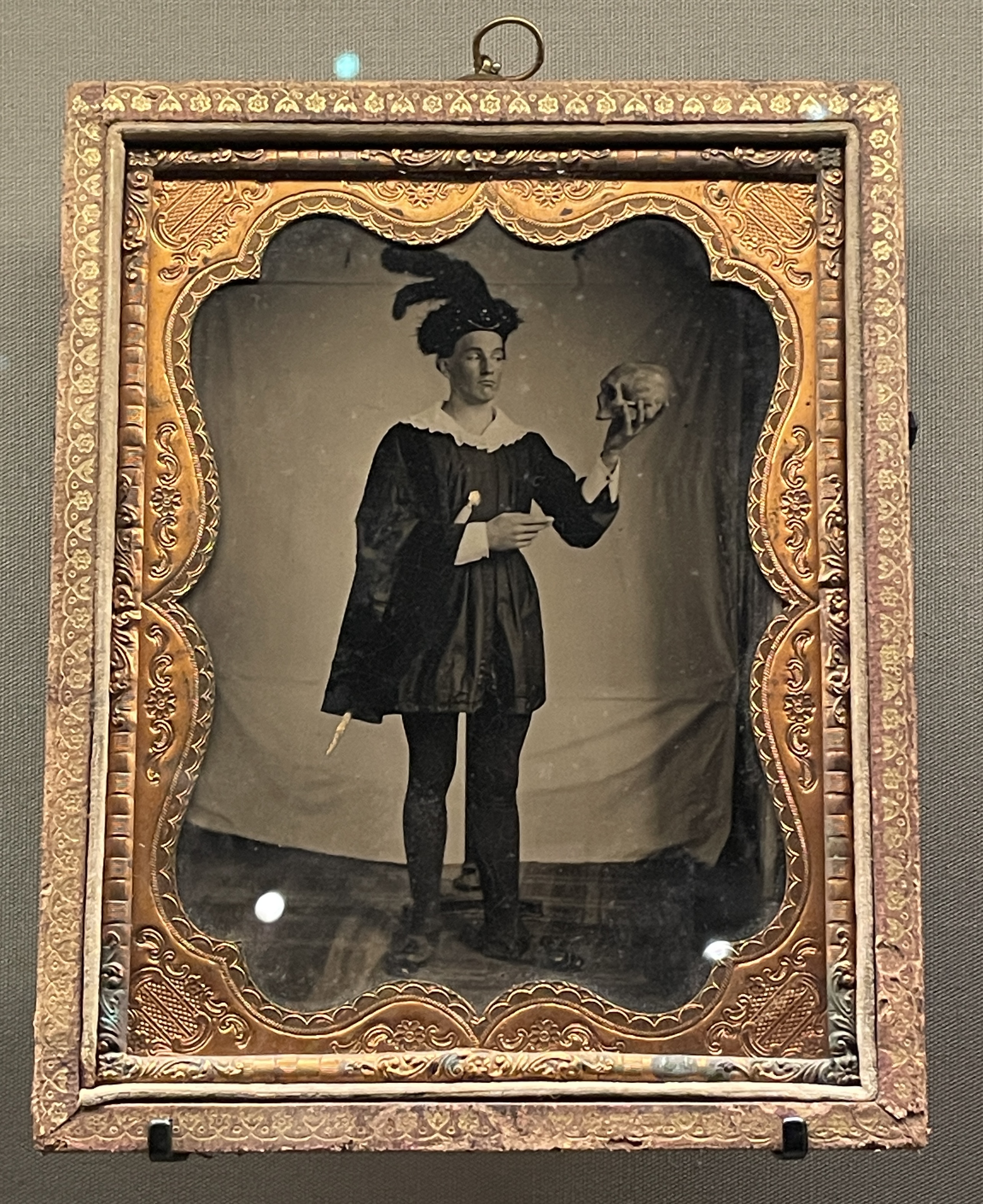
A tiny tin Hamlet.
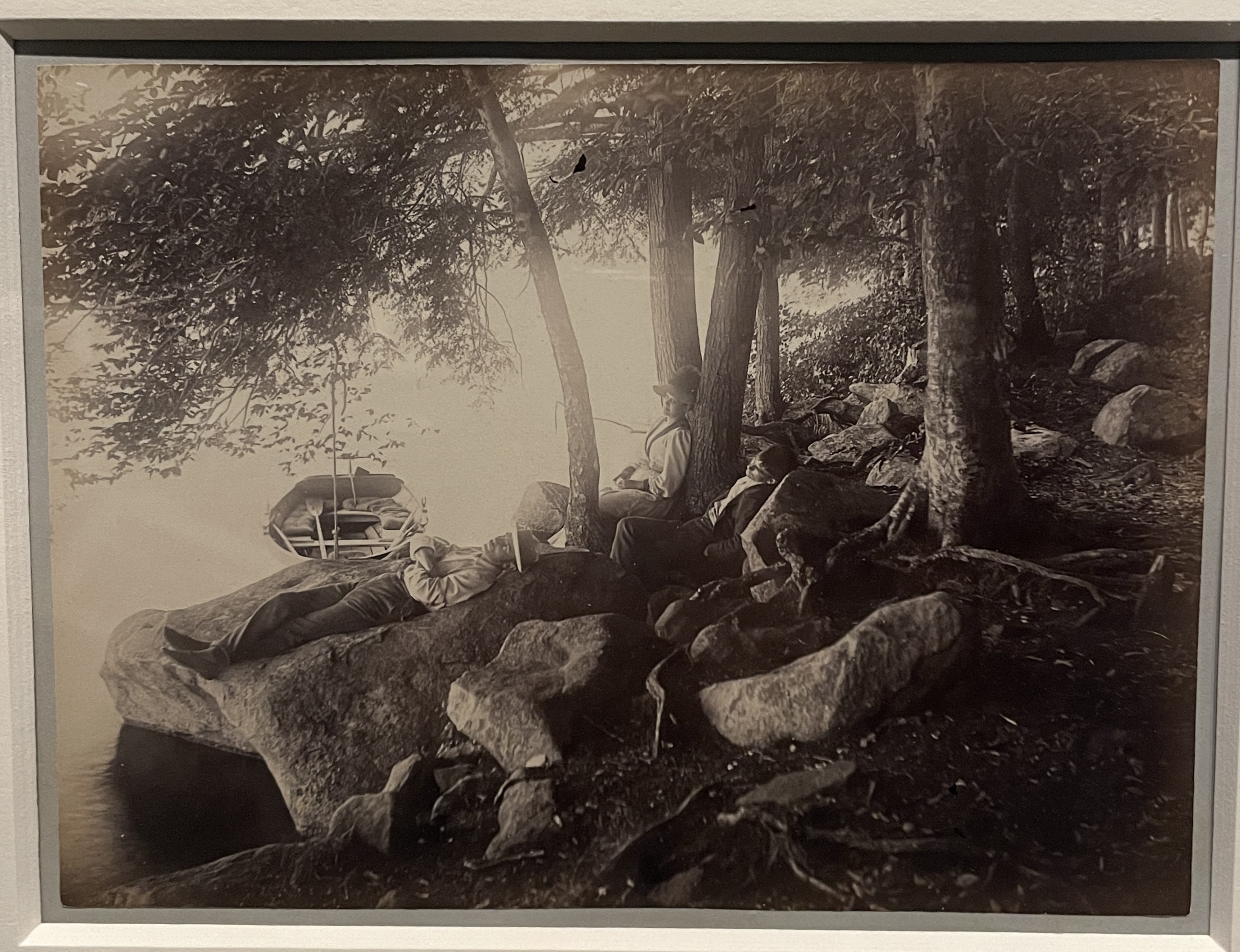
Alice Austen: Group on Petra, Lake Mahopac, August 9, 1888
From the museum plaque:
Alice Austen grew up on Staten Island, New York, as the only child of a wealthy family of dry-goods auctioneers and merchants. She learned photography as a teenager, around 1884, and soon became an extremely talented amateur who kept fastidious notes about the date, location, subject, and equipment used for almost every photograph she produced over fifty years. Austen was just twenty-two years old when she made this graceful summer view of close friends on Lake Mahopac, fifty miles north of New York City. They had just rowed to a small island known as Petra where, on a Thursday afternoon, Austen unintentionally made a distinctly American version of Georges Seurat's A Sunday Afternoon on the Island of La Grande Jatte (1884-86).
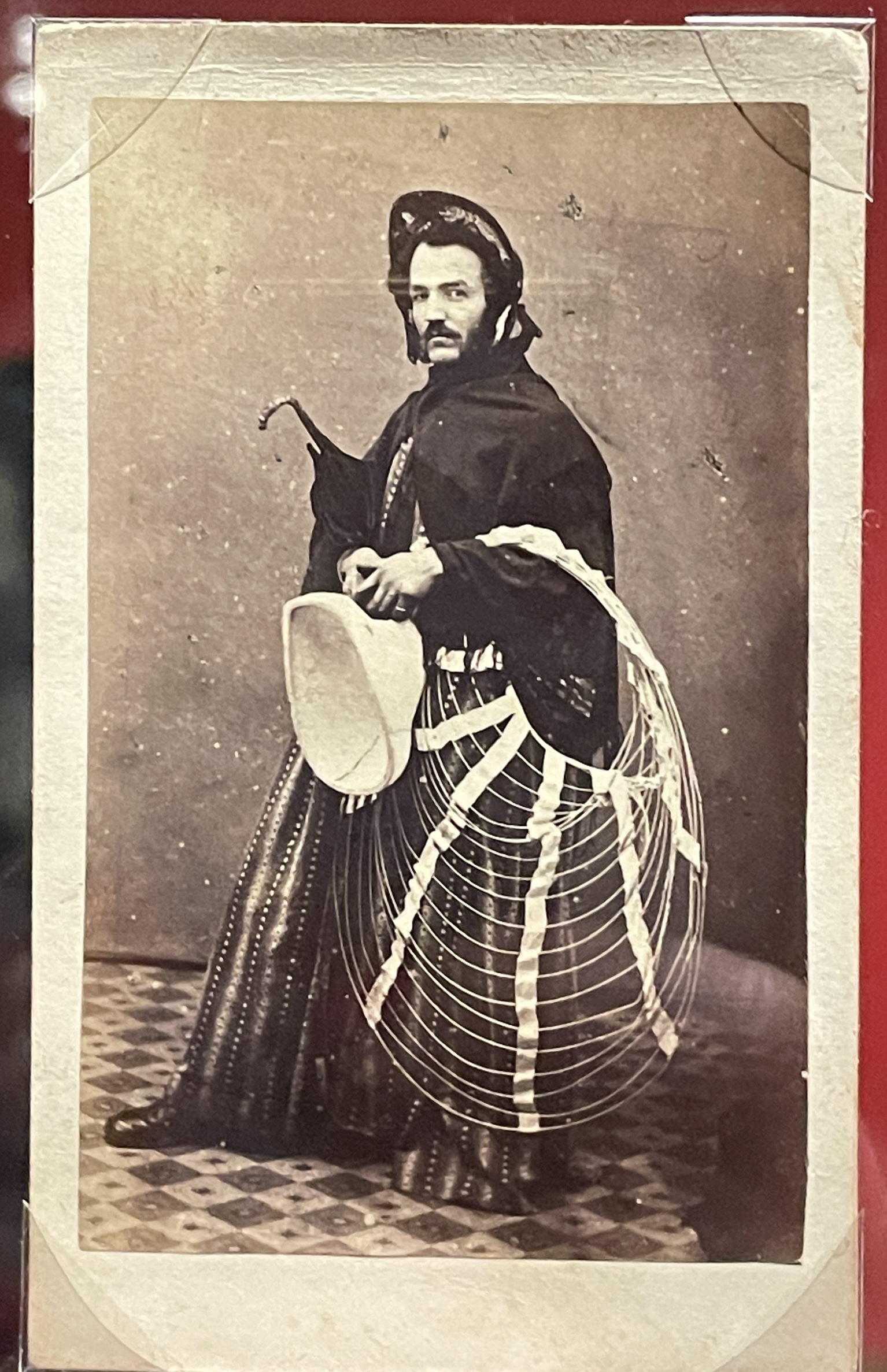
Man in Drag, 1865 or later
From the museum plaque:
To ridicule Confederate president Jefferson Davis after his capture while supposedly disguised as a woman, a photographer posed a bearded actor as a rebel in a dress.
Got his ass.
Ok, now on to some paintings.
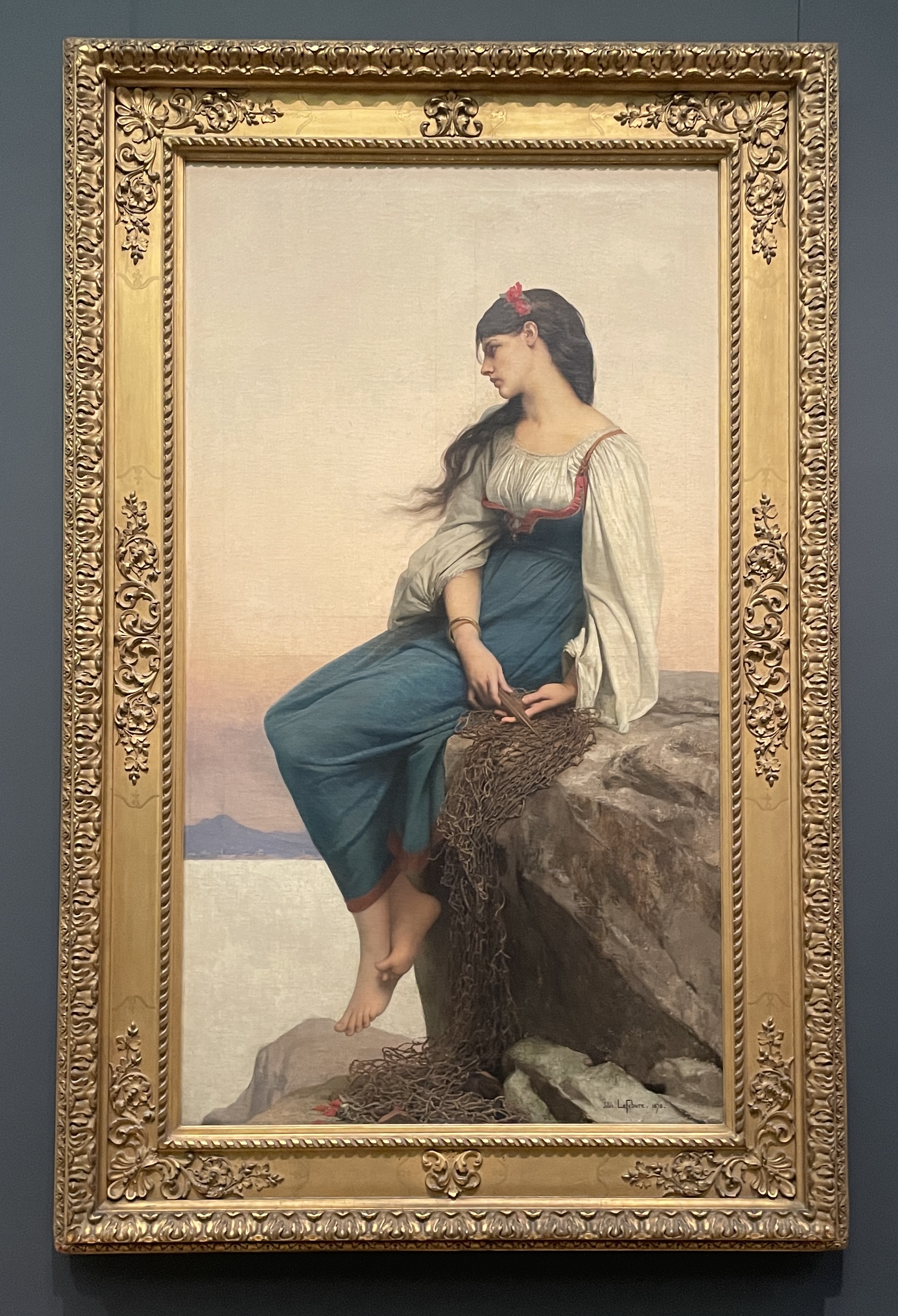
Jules-Joseph Lefebvre: Graziella (1876)
This painting both stopped me in my tracks and gutted me. The museum says:
Graziella is the title character of a novel by Alphonse de Lamartine that recounts the tragic affair between a young French man and the beautiful granddaughter of a Neapolitan fisherman. At the end of the story, the heroine dies of grief when her lover is forced to abandon her. Lefebvre portrays Graziella mending a fishing net as she gazes over the sea at the distant smoldering profile of Mount Vesuvius.
I think I should read this book.
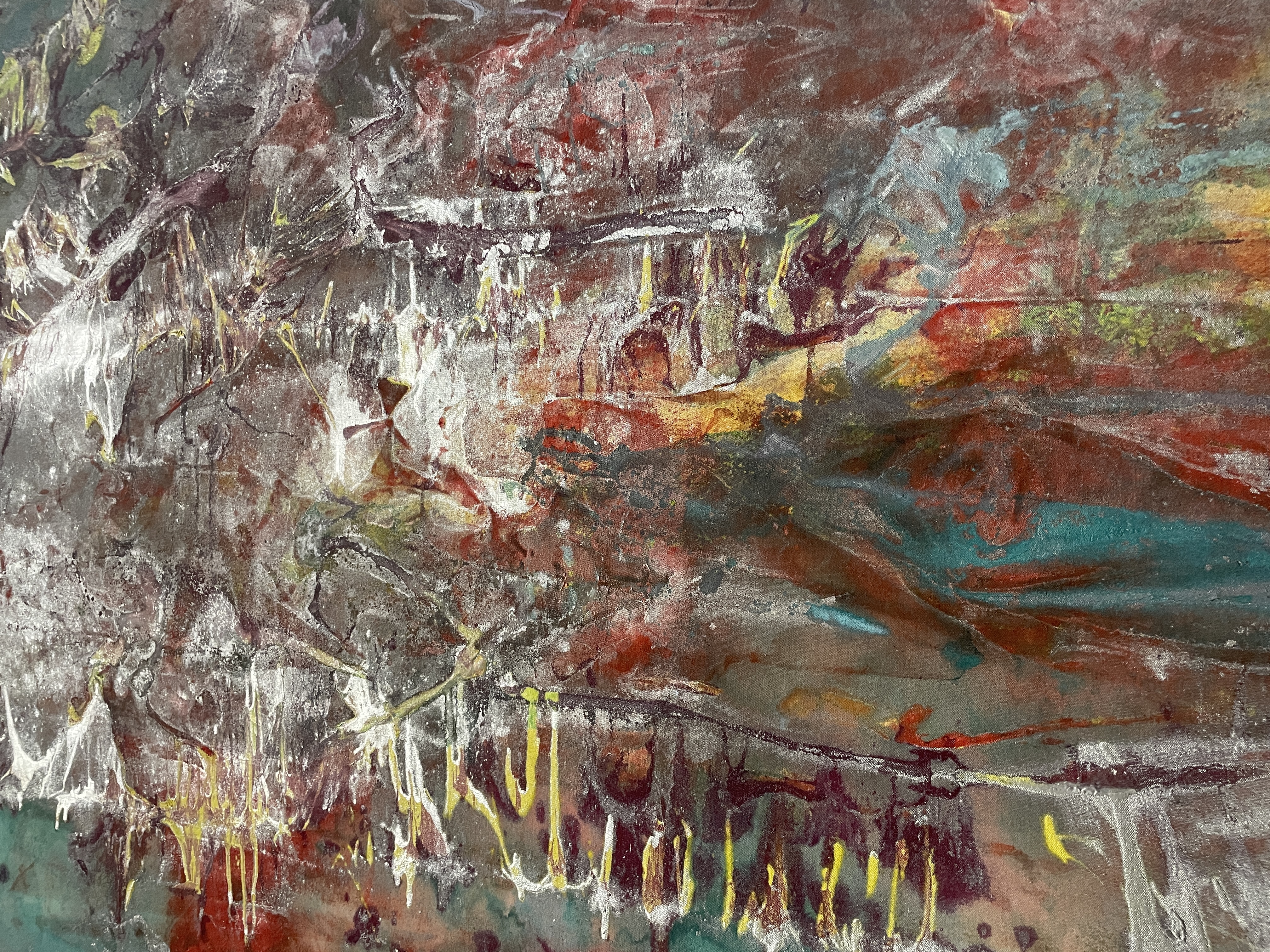
Sam Gilliam: Whirlirama (1970)
Whether or not you realize it, you’ve seen Gilliam’s work everywhere in recent years. I picked this detail from the piece because it reminded me of the best type of dive bar bathroom.
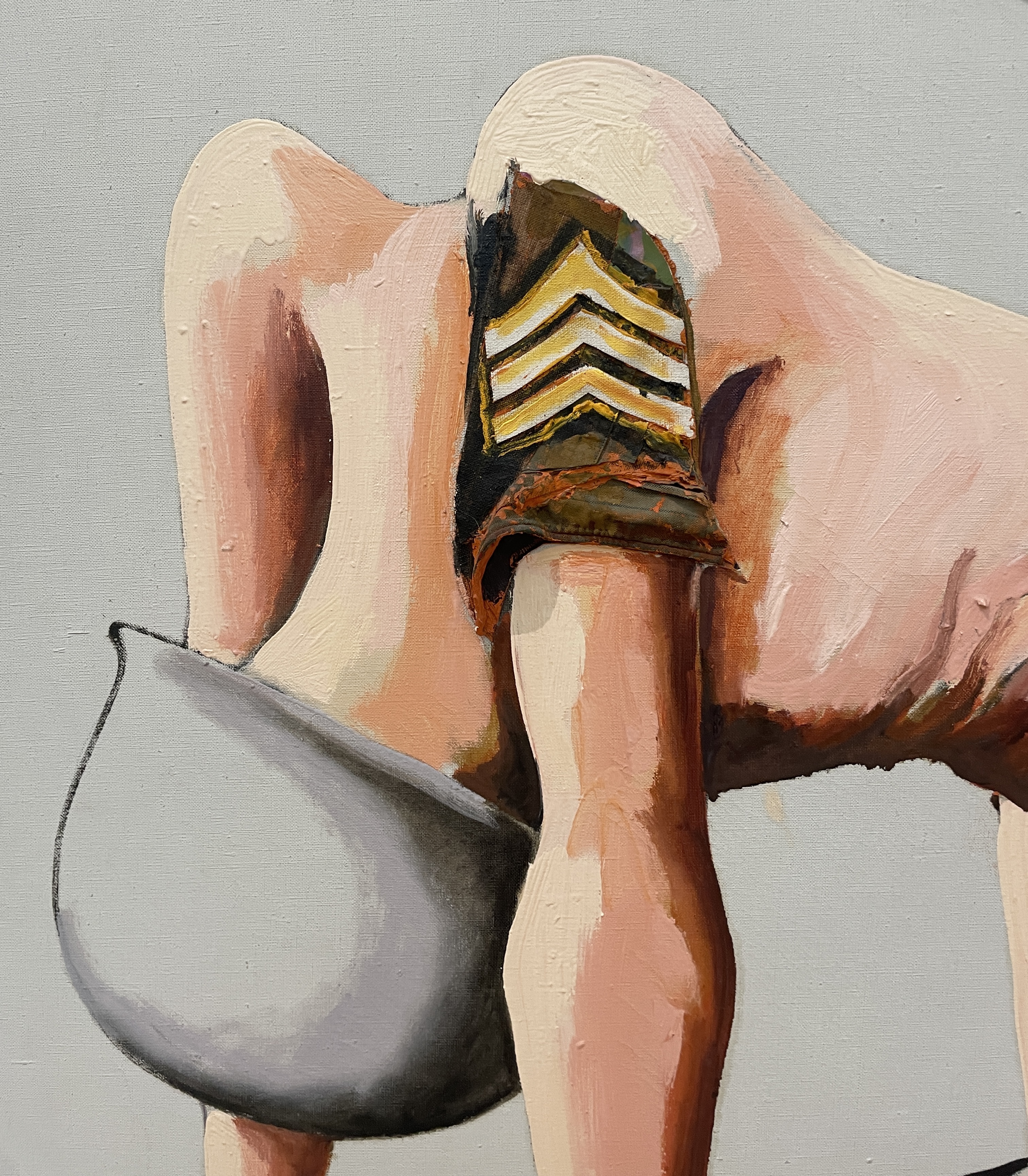
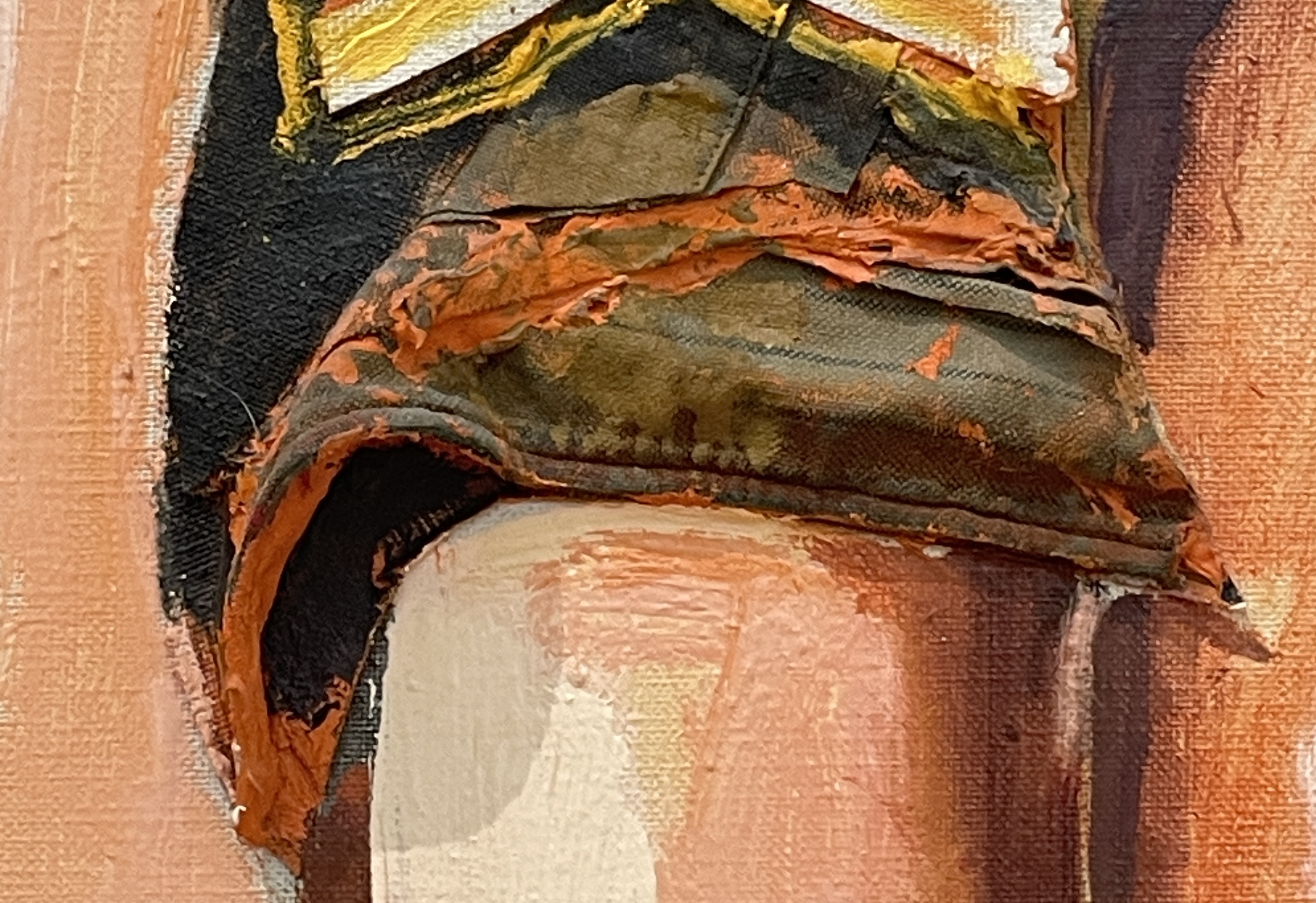
Details from American Gothic by Benny Andrews (1971).
A haunting Vietnam War–era piece. Andrews used fabric and other materials in addition to the paint. I liked the actual military fatigue fabric on the soldier’s arm. The piece should really be viewed in full, but these elements stunned me.
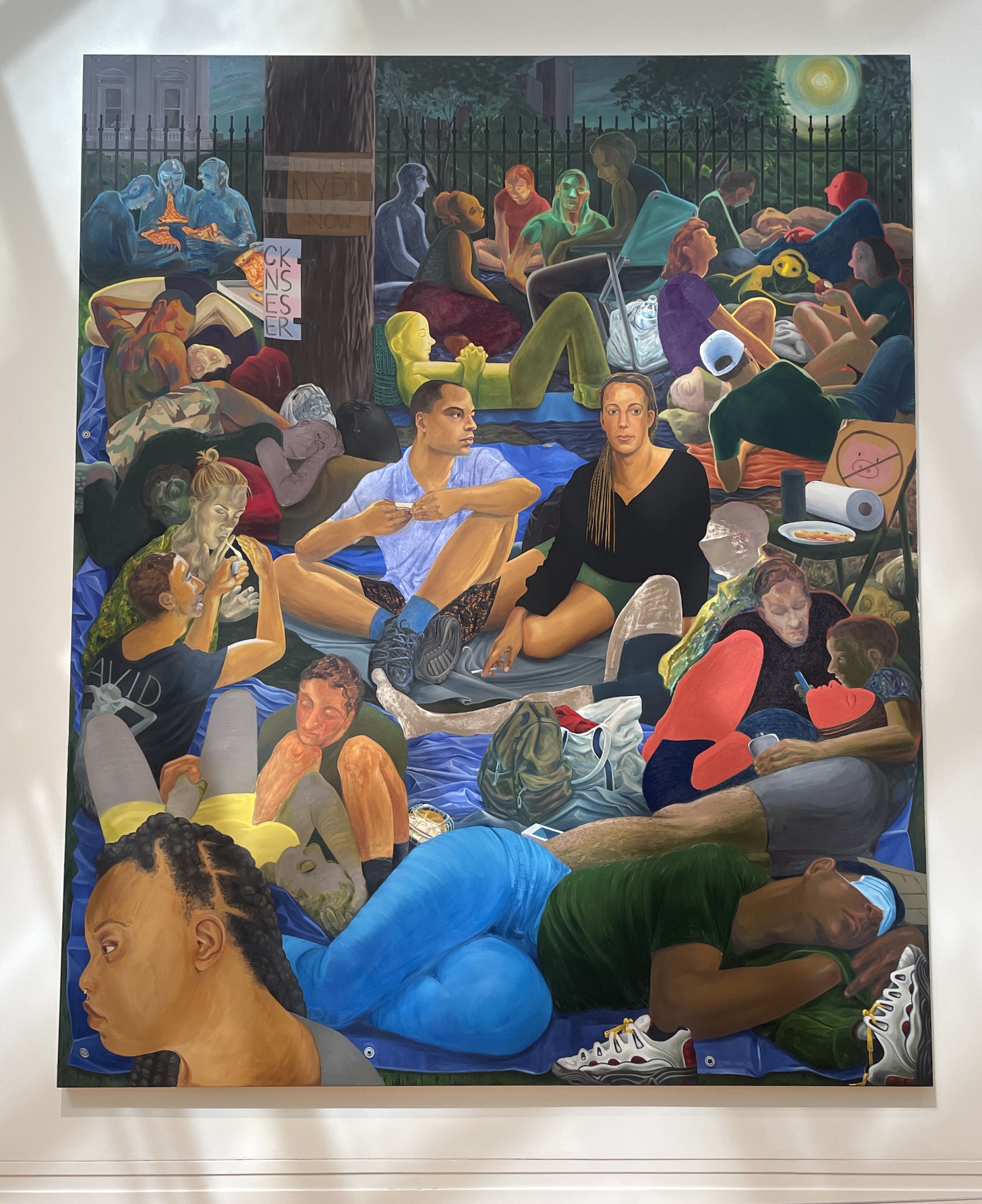
Nicole Eisenman: The Abolitionists in the Park (2020-2022)
It’s only been five years, but the protests for racial justice across America (and for me, in New York City), already feel like they happened a lifetime ago. Millions of people pushed for reform. I haven’t really been able to engage with pandemic art yet, but this piece got a visceral reaction out of me. Those people look like me and my friends. This piece reminded me that those protests really happened. Alas.
From the plaque:
The Abolitionists in the Park takes its inspiration from an actual event: "Occupy City Hall," which involved the month-long occupation of City Hall Park in downtown Manhattan by a broad coalition of activists associated primarily with Black Lives Matter. The occupation began on July 23, 2020, a week before the finalization of the city’s budget and at the height of the COVID-19 pandemic. United in their commitment to racial justice as well as their outrage against police violence, particularly the murder of George Floyd by officer Derek Chauvin in Minneapolis on May 25, 2020, the protestors at City Hall called for drastic cuts to the New York City Police Department’s budget and the transformation of policing as a whole. The title explicitly links the event commemorated here to the abolitionist movement of the nineteenth-century, establishing a genealogy of radical democratic politics.
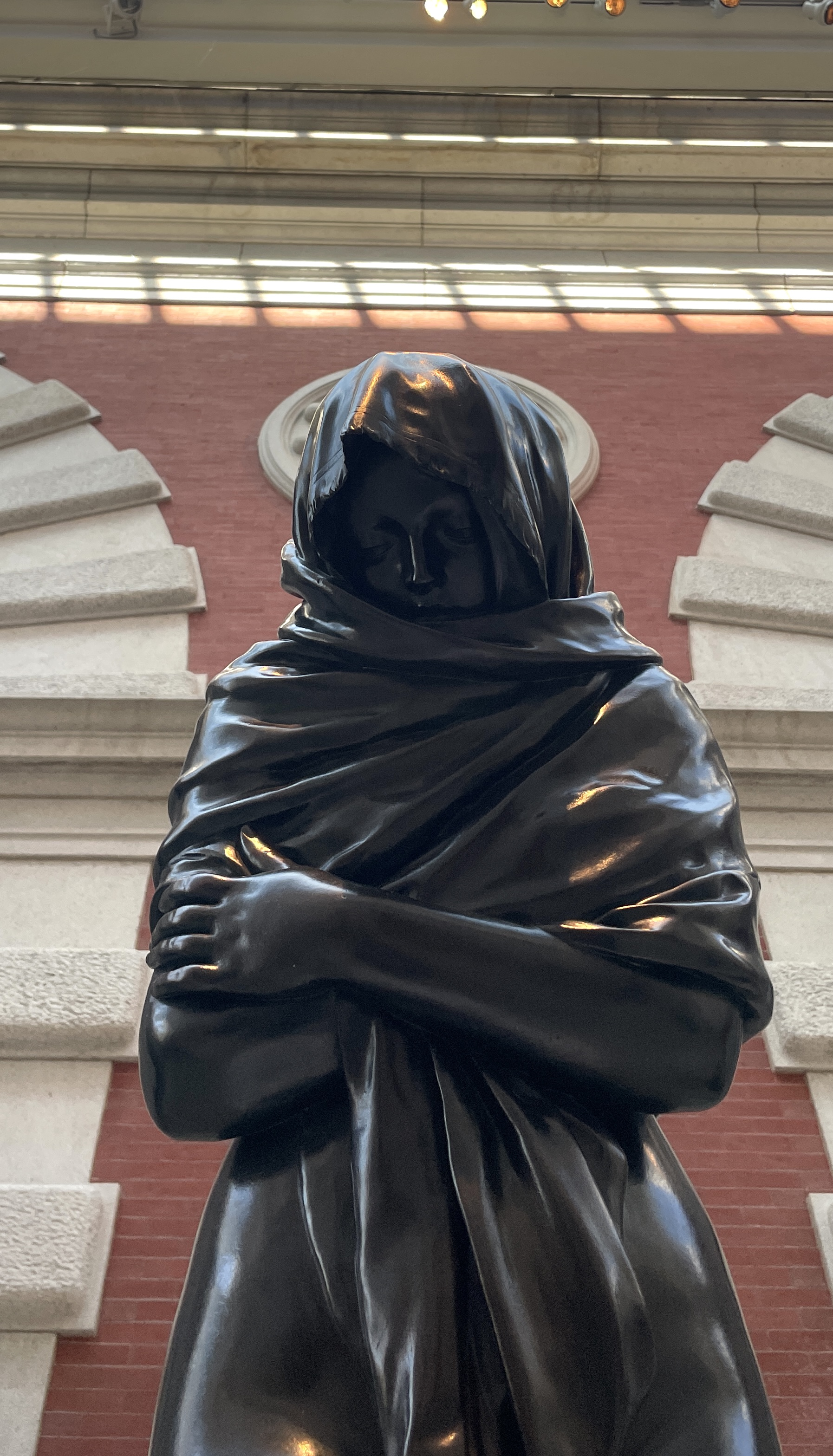
Up-close and short-person perspective of Jean Antoine Houdon’s “Winter” (1787). I feel you, girl.
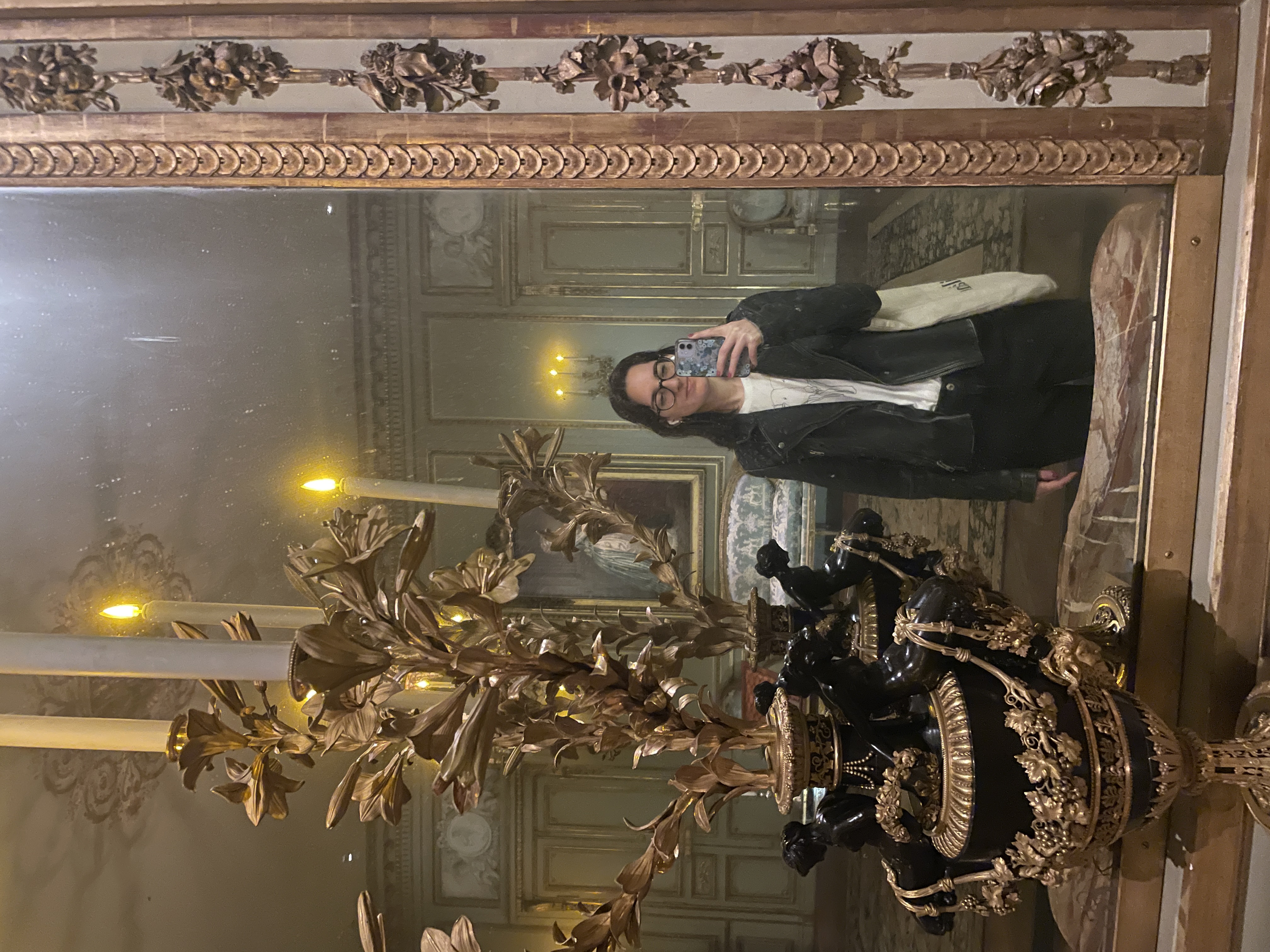
Influencers (and dumb women from Brooklyn) LOVE this mirror.
After leaving the museum, I sat under the blossoming trees in Central Park and met up with a friend; we wound up spewing gossip at each other for an hour. A 10/10 trip to the Met. It’s always there for me when I need it.
Critical Thinking is a reader-supported publication. To support my work, consider becoming a free or paid subscriber.


